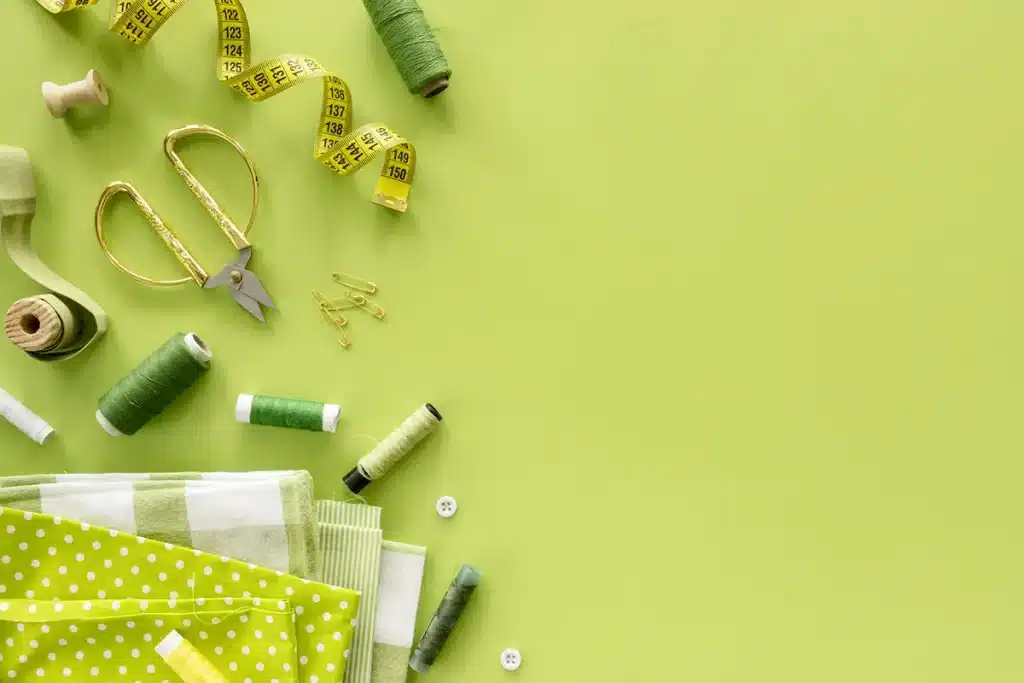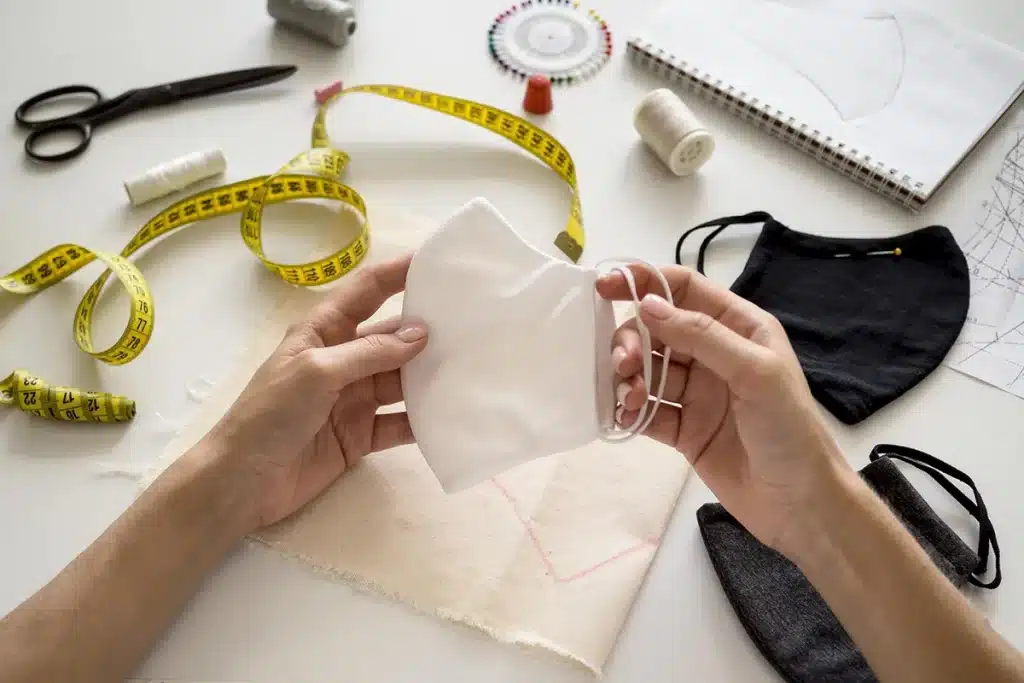Are you a beginner at sewing and wondering where to start? Whether you’re interested in stitching things by hand or using a sewing machine, you’ll need the right sewing tools and equipment to get started. In this article, we’ll cover the best sewing essentials for beginners, from basic sewing skills to the types of hand sewing stitches, and everything in between.

Where to Start Sewing for Beginners If you’re new to sewing, it’s important to start with the basics. Before you can start sewing, you’ll need to learn some basic sewing skills, such as how to thread a needle, tie a knot, and sew a straight line. Once you’ve mastered these skills, you can move on to more advanced techniques and projects.
What is the Easiest Thing to Sew for Beginners?
The easiest thing to sew for beginners is a simple straight stitch. You can practice this stitch by sewing a straight line on a piece of scrap fabric. Once you’ve mastered the straight stitch, you can move on to other stitches, such as the zigzag stitch and the buttonhole stitch.
Types of Hand Sewing Stitches Hand sewing is a great way to get started with sewing There are several types of hand sewing stitches that you should know, including the running stitch, backstitch, whip stitch, and slip stitch. Each of these stitches has its own uses and applications.
How to Thread a Sewing Machine Threading
A sewing machine can seem intimidating at first, but it’s actually quite simple once you know how to do it. To thread a sewing machine, you’ll need to follow the instructions in your machine’s manual. It’s also a good idea to practice threading your machine a few times to get the hang of it.

Sewing Essentials for Beginner
s Now that you know the basics of sewing, let’s take a look at some of the sewing essentials you’ll need to get started. These include:
- Pins: used to hold fabric in place while sewing
- Pincushion: used to store pins when not in use
- Seam Ripper: used to remove stitches
- Iron and Ironing Board: used to press fabric and seams
- Thimble: used to protect your finger while sewing
- Sewing Needles: used for hand sewing
- Scissors: used to cut fabric and thread
- Presser Feet: used to guide fabric through the sewing machine
- Bobbin: used to hold thread for the sewing machine
- Duster: used to clean the machine
- Screwdriver: used to adjust the machine
- Sewing Scissors: used for cutting fabric
- Hand-Sewing Needles: used for hand sewing
- Sewing-Machine Needles: used for machine sewing
- Tailor’s Chalk: used to mark fabric
- Disappearing Ink: used to mark fabric temporarily
- Clear Ruler: used to measure fabric
- French Curve: used to draw curved lines
Sewing Tools and Their Uses
Each of these sewing tools has its own specific use and application. For example, pins are used to hold fabric in place while sewing, while a seam ripper is used to remove stitches. It’s important to have the right tools for the job to ensure that your sewing projects turn out the way you want them to.
In conclusion, whether you’re interested in hand sewing or using a sewing machine, having the right sewing tools and equipment is essential for beginners. By mastering basic sewing skills and techniques, and having the right sewing supplies list, you’ll be able to create beautiful sewing projects in no time. So, grab your knitting tools or shop overseas for the best sewing essentials and get started on your sewing journey today!

